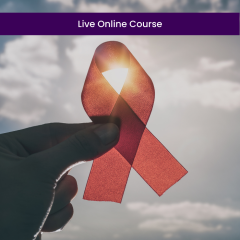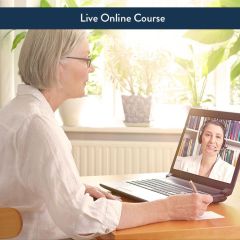Self-Harm Interactions on Social Media (1 CE)
Number of Credits: 1
This course is for: Clinical Psychologists, Counselors, and Marriage & Family Therapists
Course By: Ken Springer, PhD
Content By: Lavis, A. & Winter, R. (2020). #Online harms or benefits? An ethnographic analysis of the positives and negatives of peer-support around self-harm on social media. Journal of Child Psychology and Psychiatry, 61(8), 842-854.
https://doi.org/10.1111/jcpp.13245
Course Description: Most studies on the potential risks and benefits of on-line discussion about self-harm have focused on static entities such as websites. In the present study, researchers explored self-harm interactions that take place in the more dynamic context of social media. Ethnographic methods were used to examine content posted to Instagram, Twitter, and Reddit at two time points by individuals who appeared to be 10 through 24 years of age. In addition, semi-structured interviews were conducted with 10 women who had used social media to engage with self-harm content. The researchers found that self-harm likely begins prior to seeking out relevant content on social media, and that the central reason young people seek out such content is to obtain peer support in order to better understand themselves and receive help. Offline service gaps and stigmas, as well as the immediacy of online responses, are among the reasons peer support is valued. Although this support is gratefully received, providing support to others sometimes negatively impacts the provider's own mental health. These and other findings challenge the social contagion model, which holds that online self-harm exchanges prompt young people to engage in self-harm. These findings also illustrate the benefits as well as challenges experienced by young people who engage in social media interactions related to self-harm.
Learning Objectives:
- Understand the rationale for conducting this study as well as the methods used to gather data
- Describe the main themes identified in social media content and individual interviews
- Integrate the strengths and limitations of the study, and summarize the implications for better understanding the benefits and challenges of social media interactions around self-harm
Course Outline:
- Read and understand #Online harms or benefits? An ethnographic analysis of the positives and negatives of peer-support around self-harm on social media
- Review the Course Description and Learning Objectives
- Understand the rationale for this study, including concerns raised with the contagion model
- Understand the methods used to analyze social media content from three platforms and to conduct semi-structured interviews
- Analyze the evidence that self-harm precedes the online search for self-harm content
- Analyze the benefits and challenges of social media interactions concerning self-harm
- Integrate the study's key findings, strengths, limitations, and clinical implications
- Work through the post-test questions, using the article as the sole basis for your answers
- Revisit the article for any missed questions and/or to better understand the benefits and challenges arising from social media interactions that focus on self-harm
Approvals:
| Board Approvals | American Psychological Association (APA), NBCC, Florida Board - Social Work, MFT, Counseling, and Psychology, NYSED - Social Work, MFT and Counseling Only, American Academy of Health Care Providers in the Addictive Disorders |
|---|---|
| CE Format | Online, Text-Based |







